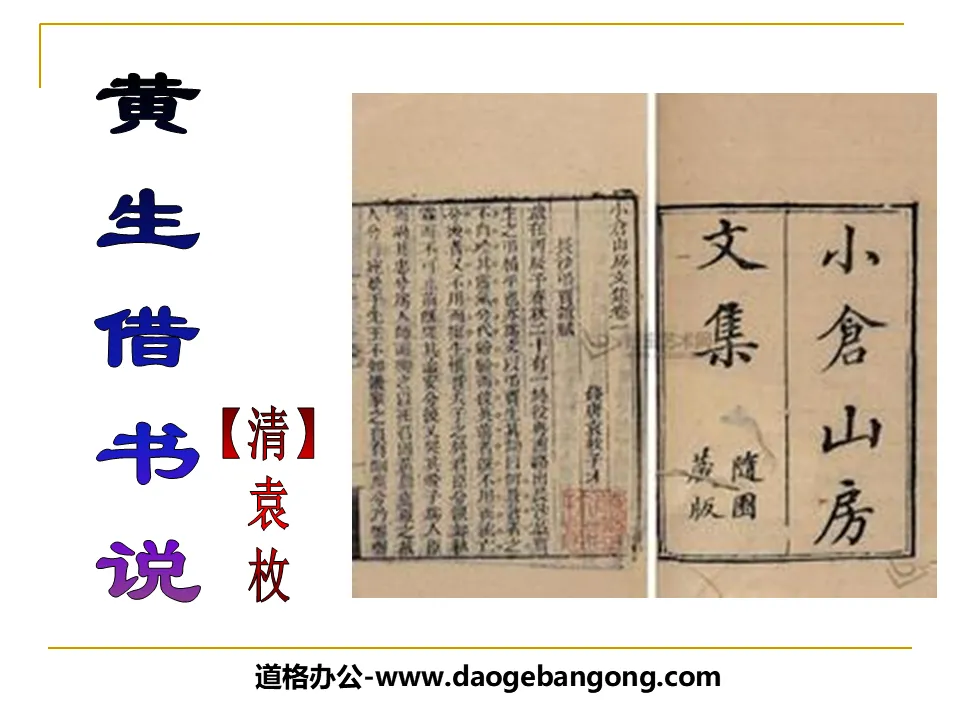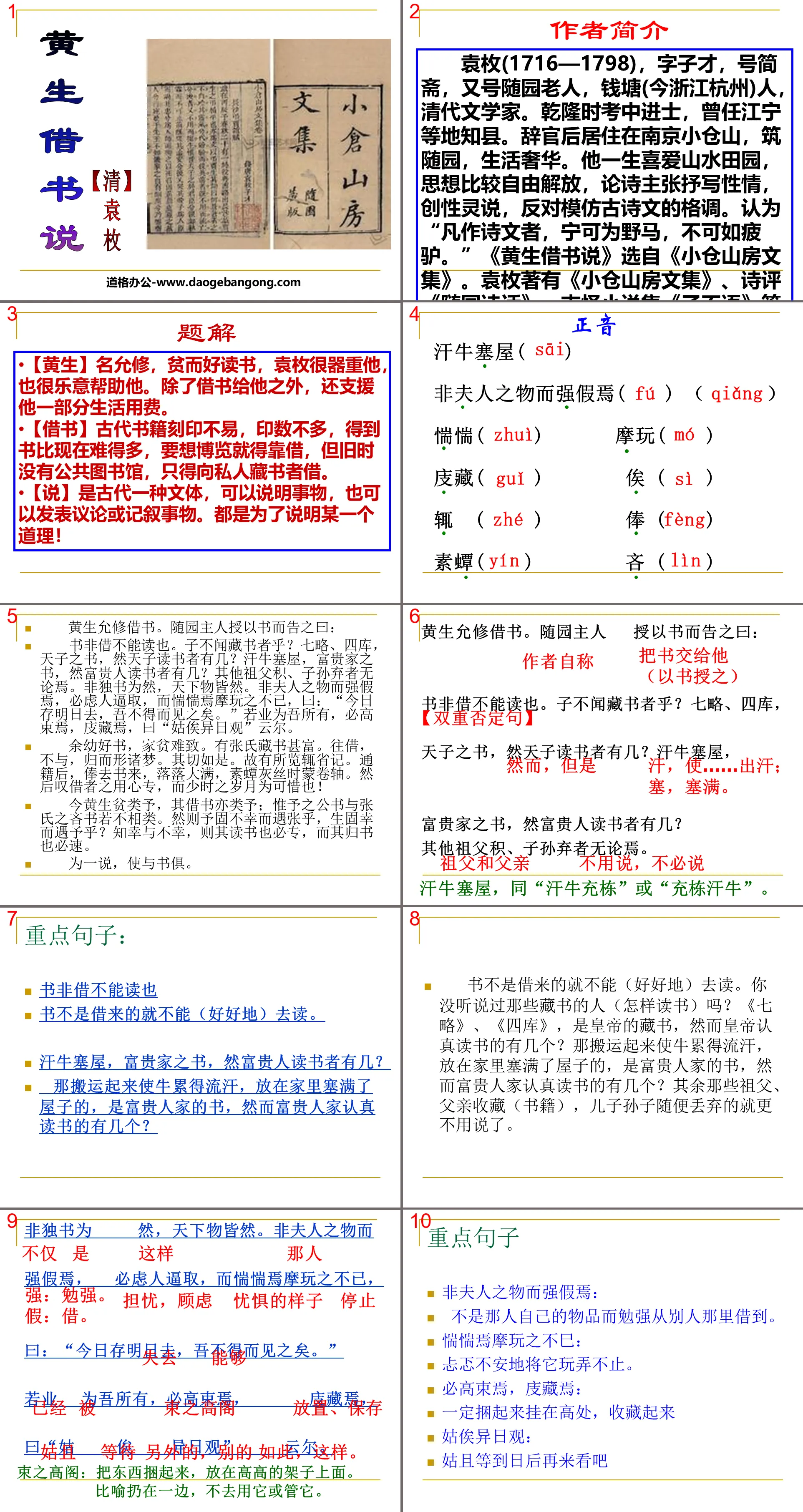The second volume of first-grade Chinese compiled by the People's Education Publishing House
The second volume of fifth-grade Chinese compiled by the People's Education Publishing House
The first volume of Chinese language for eighth grade compiled by the People's Education Publishing House
The first volume of first-grade Chinese compiled by the People's Education Publishing House
The first volume of ninth-grade Chinese compiled by the People's Education Publishing House
The first volume of fourth-grade Chinese compiled by the People's Education Publishing House
The first volume of Chinese language for sixth grade compiled by the People's Education Publishing House
The second volume of Chinese language for eighth grade compiled by the People's Education Publishing House
The first volume of Chinese language for fifth grade compiled by the People's Education Publishing House
The first volume of second-grade Chinese compiled by the People's Education Publishing House
Hunan Education Edition Third Grade Chinese Language Volume 1
The second volume of fourth-grade Chinese compiled by the People's Education Publishing House
The first volume of third-grade Chinese compiled by the People's Education Publishing House
The second volume of second-grade Chinese compiled by the People's Education Publishing House
The second volume of Chinese language for sixth grade compiled by the People's Education Publishing House
The second volume of seventh-grade Chinese compiled by the People's Education Publishing House

| Category | Format | Size |
|---|---|---|
| The second volume of Chinese language for ninth graders of Lujiao edition | pptx | 6 MB |
Description
"Huang Sheng's Theory of Borrowing Books" PPT Courseware 3
About the Author
Yuan Mei (1716-1798), courtesy name Zicai, also known as Jianzhai, also known as Suiyuan Laoren, was a native of Qiantang (now Hangzhou, Zhejiang) and a writer of the Qing Dynasty. During the Qianlong period, he passed the Jinshi examination and served as county magistrate of Jiangning and other places. After resigning, he lived in Xiaocangshan, Nanjing, built a garden and lived a luxurious life. He loved landscapes and countryside all his life, and his thoughts were relatively free and emancipated. When discussing poetry, he advocated expressing one's temperament and creating spiritual theories, and opposed imitating the style of ancient poetry. He believes that "anyone who writes poems and essays would rather be a wild horse than a tired donkey." "Huang Sheng's Theory of Borrowing Books" is selected from "Collected Works of Xiaocang Shanfang". Yuan Mei is the author of "Collected Works of Xiaocang Shanfang", poetry review "Suiyuan Poetry Talk", and collection of strange novels "Zi Buyu", etc.
answer
[Huang Sheng] was named Yunxiu. He was poor but good at studying. Yuan Mei thought highly of him and was willing to help him. In addition to lending him books, he also supported part of his living expenses.
[Borrowing books] It was not easy to engrave books in ancient times, and they were not printed in large numbers. It was much harder to obtain books than it is now. If you want to read the Expo, you have to borrow them. But in the old days, there were no public libraries, so you had to borrow from private book collectors.
[Shuo] is an ancient literary style that can explain things, make discussions or record narratives. All to illustrate a certain truth!
Zhengyin
Khan Niushi House ( )
It’s not a wife’s thing, but it’s fake ( ) ( )
Apprehensive ( ) Mowan ( )
庋苟( ) 俟( )
Noir ( ) Salary ( )
Plain ( ) stingy ( )
Key sentences:
You can’t read a book unless you borrow it
If the book is not borrowed, it cannot be read (well).
A house filled with sweating cows contains books written by a wealthy family, but how many readers are there among wealthy people?
The books that are carried so hard that the cows sweat and are placed at home to fill up the house are the books of wealthy people. However, how many wealthy people study seriously?
If the book is not borrowed, it cannot be read (well). Haven't you heard of those who collect books (how to read)? "Qilue" and "Siku" are the emperor's collection of books, but how many of the emperors studied seriously? The books that are carried so hard that the cows sweat and are placed at home to fill up the house are the books of wealthy people. However, how many wealthy people study seriously? The rest are collected by grandfathers and fathers, not to mention those that are casually thrown away by sons and grandsons.
Use of contrast techniques
Borrowing books to study hard versus hoarding books but not reading
"I" studied hard when borrowing books and stopped reading after becoming an official
The "misfortune" of "I" meeting Zhang and the "luck" of Huang Sheng meeting "me"
From the full text, what is the function of paragraph 5?
[Structure] Anaphora begins;
[Thought] further expresses the deep concern and high expectations for Huang Sheng.
Article gist
The article "Huang Sheng's Theory of Borrowing Books" discusses the young Huang Yunxiu's borrowing of books from the author, puts forward the view that "books cannot be read unless they are borrowed", and encourages young people to work hard to create learning conditions for themselves and study hard.
Reading anecdotes
During the Warring States Period, Su Qin stimulated the buttocks to refresh the mind.
Sun Jing's hair was hung from the beam in the Han Dynasty
Kuang Heng of the Han Dynasty chiseled walls to borrow light
Che Yin Nang in the Jin Dynasty - Yingying's Night Reading
Sun Kang Yingxue of the Jin Dynasty recited books
Jiang Bi of the Southern and Northern Dynasties took the light with the moon
How do you understand what the author said about "knowing luck and misfortune" and "returning books must be quick"?
The phrase "Knowing luck and misfortune" means that Huang Sheng used the author's misfortune of not being able to borrow books as a child to "form dreams" and knowing that he was very lucky to be able to borrow books. I hope Huang Sheng understands the difficulty of borrowing books, cherishes the rare opportunity in front of him, and studies diligently. "The books must be returned quickly" on the surface means that Huang Sheng can return the books as soon as possible, which seems to be stingy with books, but in fact, the author uses this to urge Huang Sheng to seize the time to read and cherish his "young years".
Keywords: Huang Sheng borrows books and talks teaching courseware, Lujiao version ninth grade Chinese PPT courseware download, ninth grade Chinese slide courseware download, Huang Sheng borrows books and talks PPT courseware download, .PPT format;
For more information about the PPT courseware "Huang Sheng's Talk on Borrowing Books", please click the "Huang Sheng's Talk on Borrowing Books" ppt tag.
"Huang Sheng's Theory of Borrowing Books" PPT courseware 4:
"Huang Sheng's Theory of Borrowing Books" PPT courseware 4 is one of the representative works of the Qing Dynasty writer Yuan Mei, selected from "The Collected Works of Xiaocang Shanfang". This article puts forward the view that books must be borrowed and cannot be read, and encourages people not to hold back because of unfavorable conditions, nor to covet comfort because of superior conditions. article..
"Huang Sheng's Theory of Borrowing Books" PPT courseware 2:
"Huang Sheng's Theory of Borrowing Books" PPT Courseware 2 A brief introduction to Yuan Mei's life Yuan Mei (1716-1798) was a poet, litterateur and poetry critic in the Qing Dynasty. His courtesy name was Zicai and his nickname was Jianzhai. In his later years, he was named Cangshan Jushi and the owner of Suiyuan. He was a native of Qiantang (now Hangzhou, Zhejiang). Yuan Mei is doing...
"Huang Sheng's Theory of Borrowing Books" PPT courseware:
"Huang Sheng's Talk on Borrowing Books" PPT courseware Learning objectives: 1. Know how to cherish the excellent learning environment and concentrate on learning. 2. Study the writing characteristics of rigorously conceived and contrasting texts. 3. Understand the ancient and modern meanings of some two-syllable words. About the author Yuan Mei, the author of the text..
File Info
Update Time: 2024-11-03
This template belongs to Chinese courseware The second volume of Chinese language for ninth graders of Lujiao edition industry PPT template
"Huang Sheng's Theory of Borrowing Books" PPT Courseware 3 Simple campus recruitment activity planning plan summary enterprise and institution recruitment publicity lecture PPT template is a general PPT template for business post competition provided by the manuscript PPT, simple campus recruitment activity planning plan summary enterprise and institution recruitment promotion Lecture PPT template, you can edit and modify the text and pictures in the source file by downloading the source file. If you want more exquisite business PPT templates, you can come to grid resource. Doug resource PPT, massive PPT template slide material download, we only make high-quality PPT templates!
Tips: If you open the template and feel that it is not suitable for all your needs, you can search for related content "Huang Sheng's Theory of Borrowing Books" PPT Courseware 3 is enough.
How to use the Windows system template
Directly decompress the file and use it with office or wps
How to use the Mac system template
Directly decompress the file and use it Office or wps can be used
Related reading
For more detailed PPT-related tutorials and font tutorials, you can view: Click to see
How to create a high-quality technological sense PPT? 4 ways to share the bottom of the box
Notice
Do not download in WeChat, Zhihu, QQ, built-in browsers, please use mobile browsers to download! If you are a mobile phone user, please download it on your computer!
1. The manuscript PPT is only for study and reference, please delete it 24 hours after downloading.
2. If the resource involves your legitimate rights and interests, delete it immediately.
3. Contact information: service@daogebangong.com
"Huang Sheng's Theory of Borrowing Books" PPT Courseware 3, due to usage restrictions, it is only for personal study and reference use. For commercial use, please go to the relevant official website for authorization.
(Personal non-commercial use refers to the use of this font to complete the display of personal works, including but not limited to the design of personal papers, resumes, etc.)
Preview










